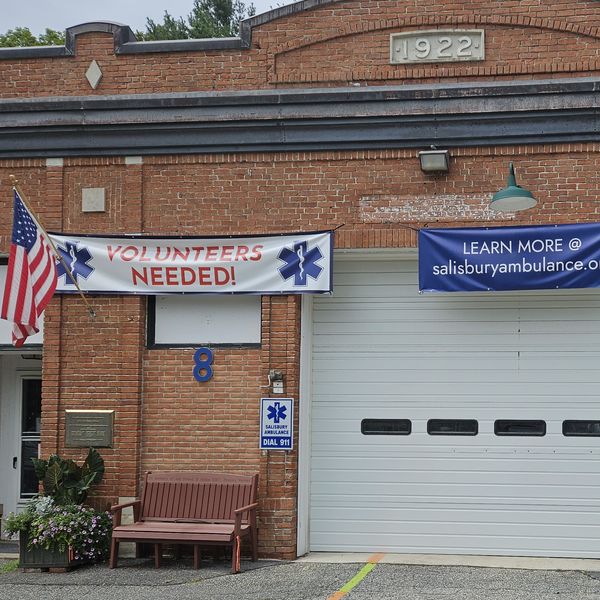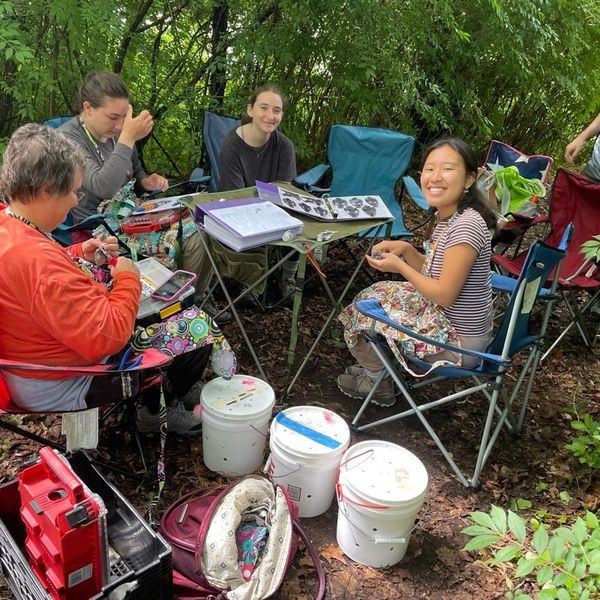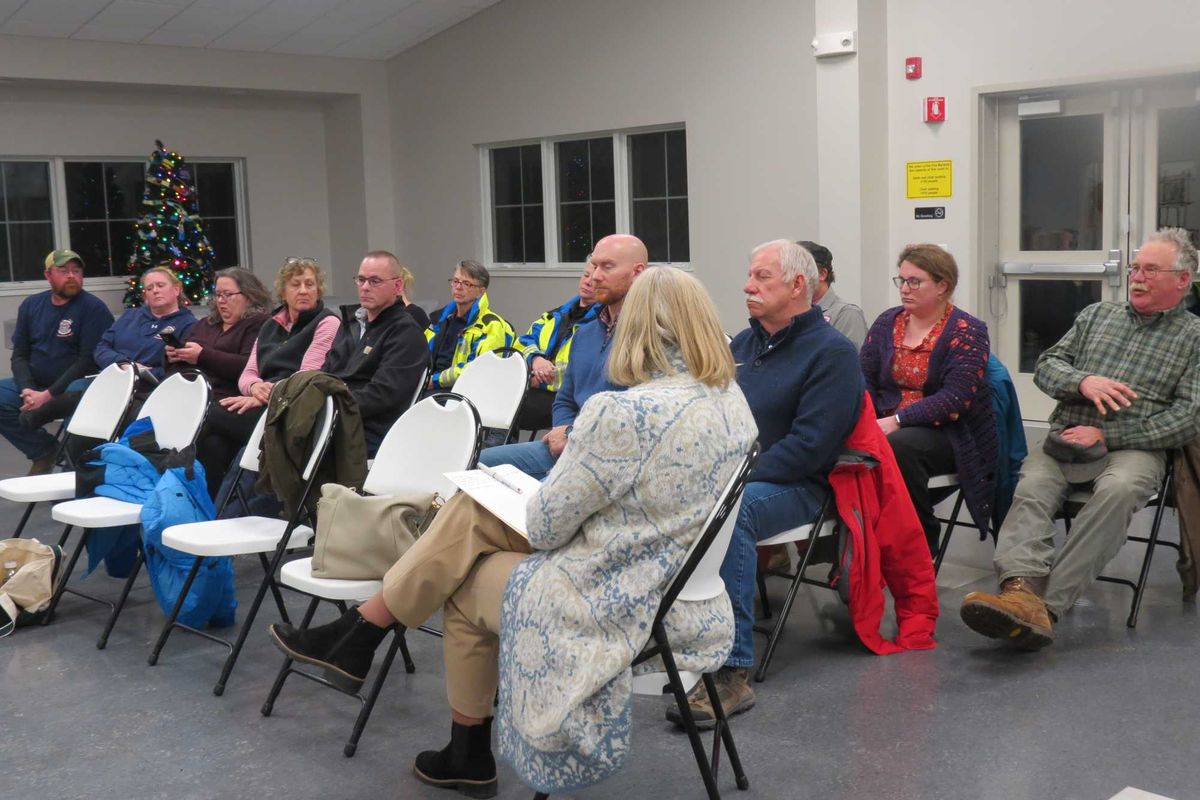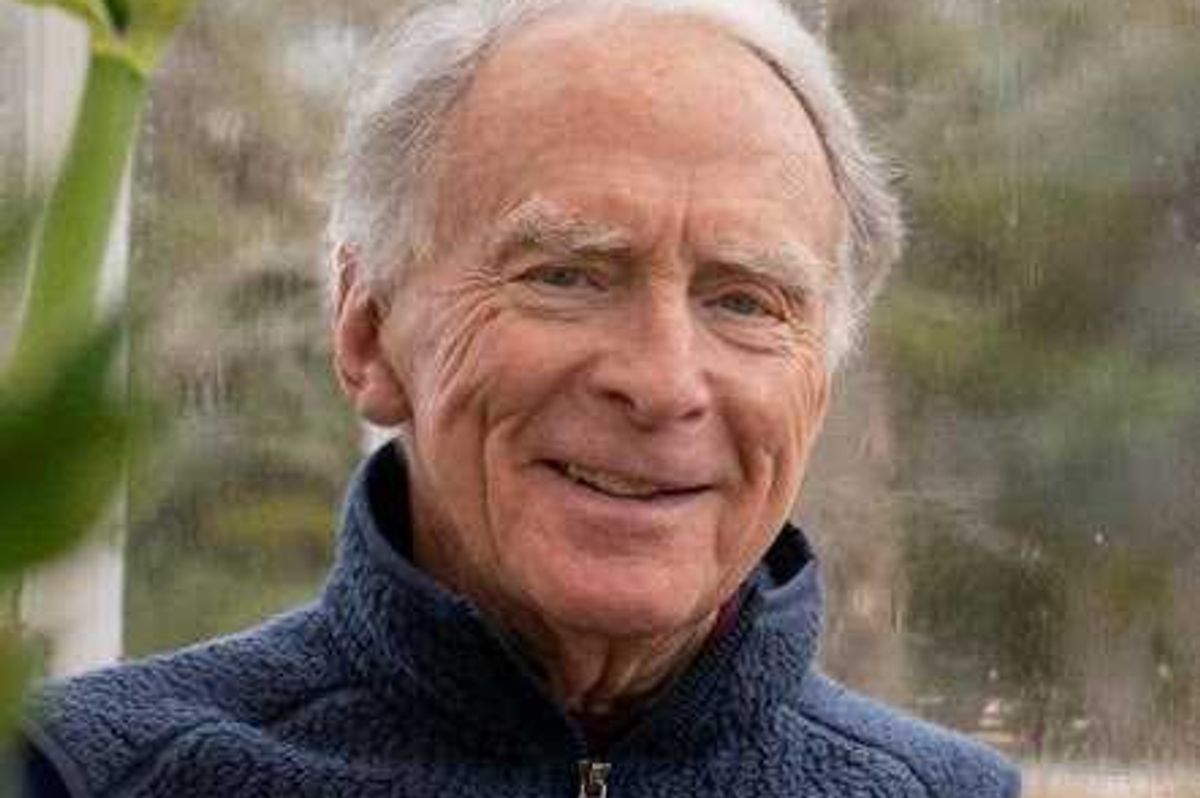In March of 2020, as panic struck the nation, people from all walks of life began sheltering in place to “flatten the curve,” in hopes that life would soon return to normal. What followed over the past two years has been anything but normal. Safety measures implemented to quell the spread of COVID-19 have had a devastating effect on those they were most designed to protect. As a result, a frightful new pandemic of loneliness has emerged, threatening to be just as destructive as the virus itself.
During the pandemic, teens, already glued to their phones, were forced to remain in their houses and dorms, robbed of core coming of age experiences. Statistics show the alarming effects of life moved online. The World Health Organization recently reported the COVID-19 pandemic triggered a 25% increase in the prevalence of anxiety and depression amongst teens worldwide.
The American Psychological Association in its 2022 Trends Report tells us that “children’s mental health is in crisis.” And Morgan Stanley’s Alliance for Children’s Mental Health found that almost half of teens are socially anxious about the return to normal life.
The elderly population has also been particularly hard hit. Senior citizens faced higher hospitalizations and death rates. Unable to participate in their normal activities, older people were also stripped of human contact, often separated from each other and family members by a glass partition. For many, their social interactions are still a fraction of what they were pre-pandemic. Litchfield County, the oldest county in the state of Connecticut, is all too familiar with these issues. Given these facts, it’s no surprise The New York Times reports that a second pandemic — the epidemic of loneliness — is poised to negatively impact our physical health and life expectancy.
The Northwest Connecticut region is filled with boarding schools and senior citizen centers. Although many of these communities lie within close proximity, a wide social gap remains amongst the two groups. It’s time these two generations affected by the mental toll of the pandemic turn toward each other for help. The younger generation can play an important role in three ways:
First: Instead of mindlessly scrolling through social media, use its power to genuinely connect to others in the real world.
Second: Check in on loved ones. Even a small gesture can let them know that you’re there.
Third: Take 15 minutes out of your week to have a phone call with a grandparent, elderly relative or neighbor, or someone who would be happy to hear from you.
For me, one of the most meaningful experiences of the past two years was the relationship I forged with an elderly priest named Father Jim. For six months, Father Jim and I had weekly phone calls that ended up meaning the world to both of us. We spoke about everything — from football to the Middle East. Sometimes we just talked about how we were doing.
Each week I grew more excited about connecting. Instead of being sad about all of the events in my life that had been canceled, I turned outward to think about Jim. And, each week Jim was excited to talk to me. In fact, he arrived with questions he wanted to ask me. Soon, we both felt the impact of our authentic conversation and growing relationship. Following his passing, I was inspired to launch an intergenerational wellness program, Students for Seniors, in his memory. I’m inviting other students in Litchfield and surrounding counties to join me.
In this second pandemic of loneliness, members of both generations can enjoy healthier, more meaningful relationships, but young people must lead the way. Those who do will reap the same benefits Jim and I did: sharing our thoughts, opinions and experiences, finding common ground and most important, feeling uplifted. Reaching out to a generation we often neglect is the best gift we could give our grandparents and ourselves.
Gavin Nataraj is a student at The Hotchkiss School and lives in New York City with his two younger brothers, parents and dog. In his free time away from his studies, he enjoys playing baseball, cheering on his favorite sports teams, and spending time with his friends. Email him at gnataraj24@hotchkiss.org.





 Belinde and Erick Garcia, of New Milford, are the parents of twins Gabriella and Isabella, who were the second and third babies born in Sharon Hospital in 2026. Their older siblings, Matthew, 6, and Melanie, 3, are pictured. Photo provided
Belinde and Erick Garcia, of New Milford, are the parents of twins Gabriella and Isabella, who were the second and third babies born in Sharon Hospital in 2026. Their older siblings, Matthew, 6, and Melanie, 3, are pictured. Photo provided 
 Nuvance/Northwell employees host a Jan. 5 meeting on emergency service providers. From left: Matt Cassavechia, Sharon Hospital director of emergency services; Christina McCulloch, Sharon Hospital president and CEO; Thomas Horkan, Sharon Hospital EMS coordinator; and Dr. Ron Santos, Sharon Hospital emergency room director.By Ruth Epstein
Nuvance/Northwell employees host a Jan. 5 meeting on emergency service providers. From left: Matt Cassavechia, Sharon Hospital director of emergency services; Christina McCulloch, Sharon Hospital president and CEO; Thomas Horkan, Sharon Hospital EMS coordinator; and Dr. Ron Santos, Sharon Hospital emergency room director.By Ruth Epstein 






One generation helping the next for mental health awareness